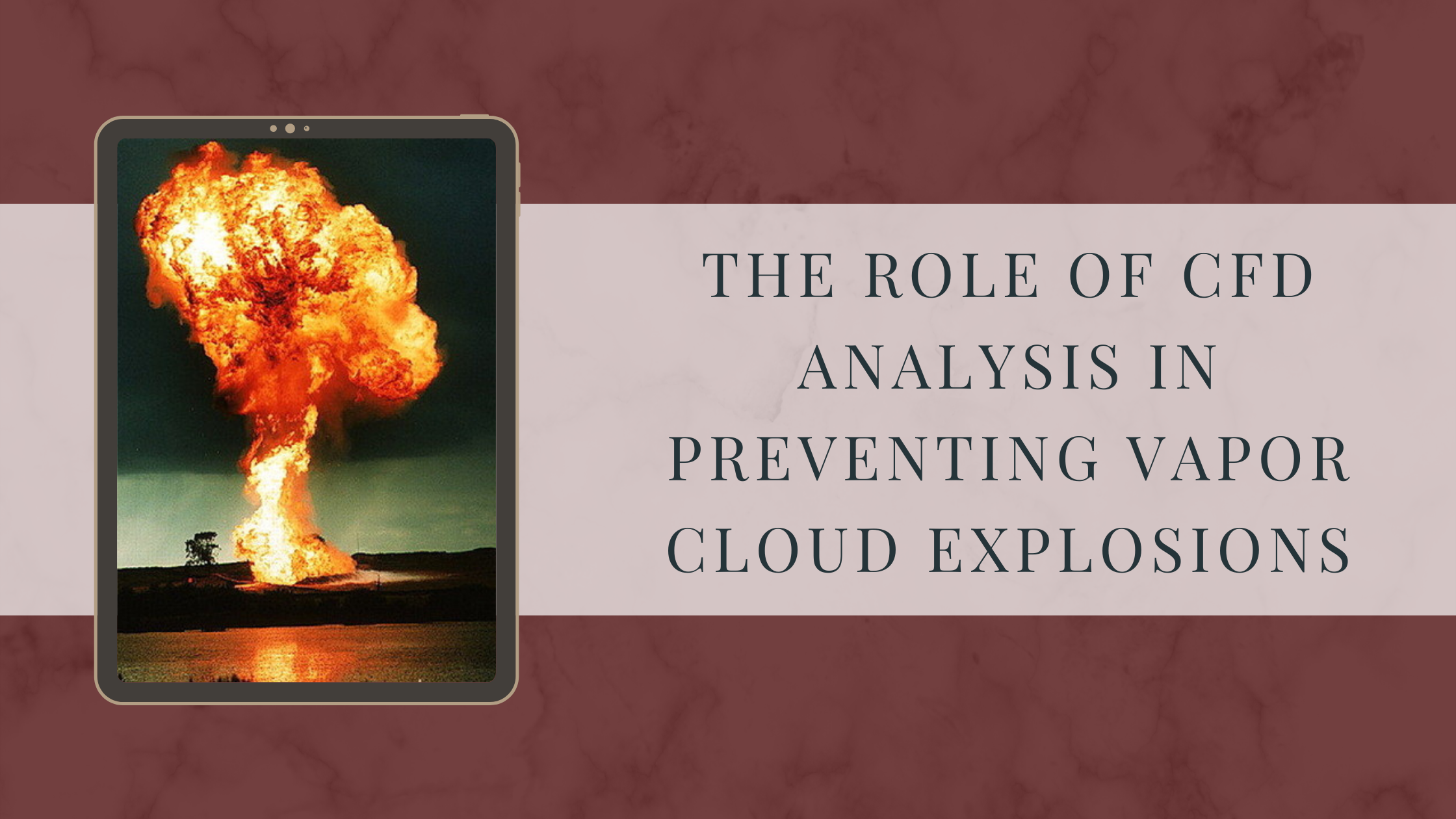Noise pollution is a heterogeneous mixture of unwanted sound produced from traffic, industries, machinery, and loudspeakers. Excessive exposure to loud sounds hampers us in different ways.
The government has mulled over the serious consequences of noise pollution and has issued noise monitoring guidelines which include fines proposed by Centre Pollution Control Board(CPCB) for
- Unremitting loudspeaker activities:
- Industrial areas- The noise limit permissible for an industrial unit in the daytime is 75 decibels, and nighttime is 70 decibels.:
- Commercial areas- The permissible noise level is 65-55 decibels, whereas 55-45 decibels in residential areas.:
Ignorance of the above said norms will attract heavy penalties, seizing, and sealing of sound-emitting units. The government has also set up 70 noise monitoring stations in major cities under National Ambient Noise Monitoring Network to keep a tab of noise pollution levels in unit-wise areas.
What is a noise monitoring system?
The noise monitoring system is a process to measure the magnitude of noise in residential or industrial areas. The system prepares detailed, noise mapping contours to indicate the levels of overlapping noise and their cumulative effect in a particular area. The noise mapping in India gives an accurate picture of noise pollution levels(unit-wise), and therefore, it is a helpful tool in the noise monitoring system.
How can noise mapping studies help industries curb noise pollution?
We help units and enterprises to check noise pollution levels with noise mapping services, preventing them from hefty fines and preventing the environment from noise pollution.
Noise mapping study
The noise mapping study is crucial to tap area-wise noise levels. The noise mapping generates reports in form of noise mapping contours according to the intensity and propagation of sound waves at a particular place. The noise mapping provides information about the noise exposure to the project owner and helps seek effective decisions to prevent noise pollution.
The entrepreneurs can utilize noise mapping outputs to curb noise pollution produced by machinery in the following ways:
- Using noise absorbents in noisy machinery
- Providing good quality earplugs to staff
- Insulating the walls of highly mechanized units:
Noisy machinery must install noise absorbents that include fabric, lubricant, or specific devices to reduce noise from machinery components like rotor, stators, gears, fans, lathe machines, and internal combustion engines. Unchecked high-intensity noise is responsible for causing induced hearing loss among workers.
Excess exposure to high decibel noise can cause hearing impairment, concentration loss, migraine, or other health disorders. The unit owners must provide employees with good-quality earplugs or sound blocker devices to protect them from noise pollution.
The walls of the factories or industries should be coated with soundproof paint or absorbent material to prevent noise from exiting the unit.
The three main sources of noise production in industrial setup are: machinery, construction and vehicles. Continuous exposure to noise pollution for longer periods leads to deafening, psychological trauma, loss of productivity, and other health problems. Our noise mapping study outcomes can help entrepreneurs seek corrective actions and assure a healthy environment for workers.
Awareness and responsibility can help reduce noise pollution.






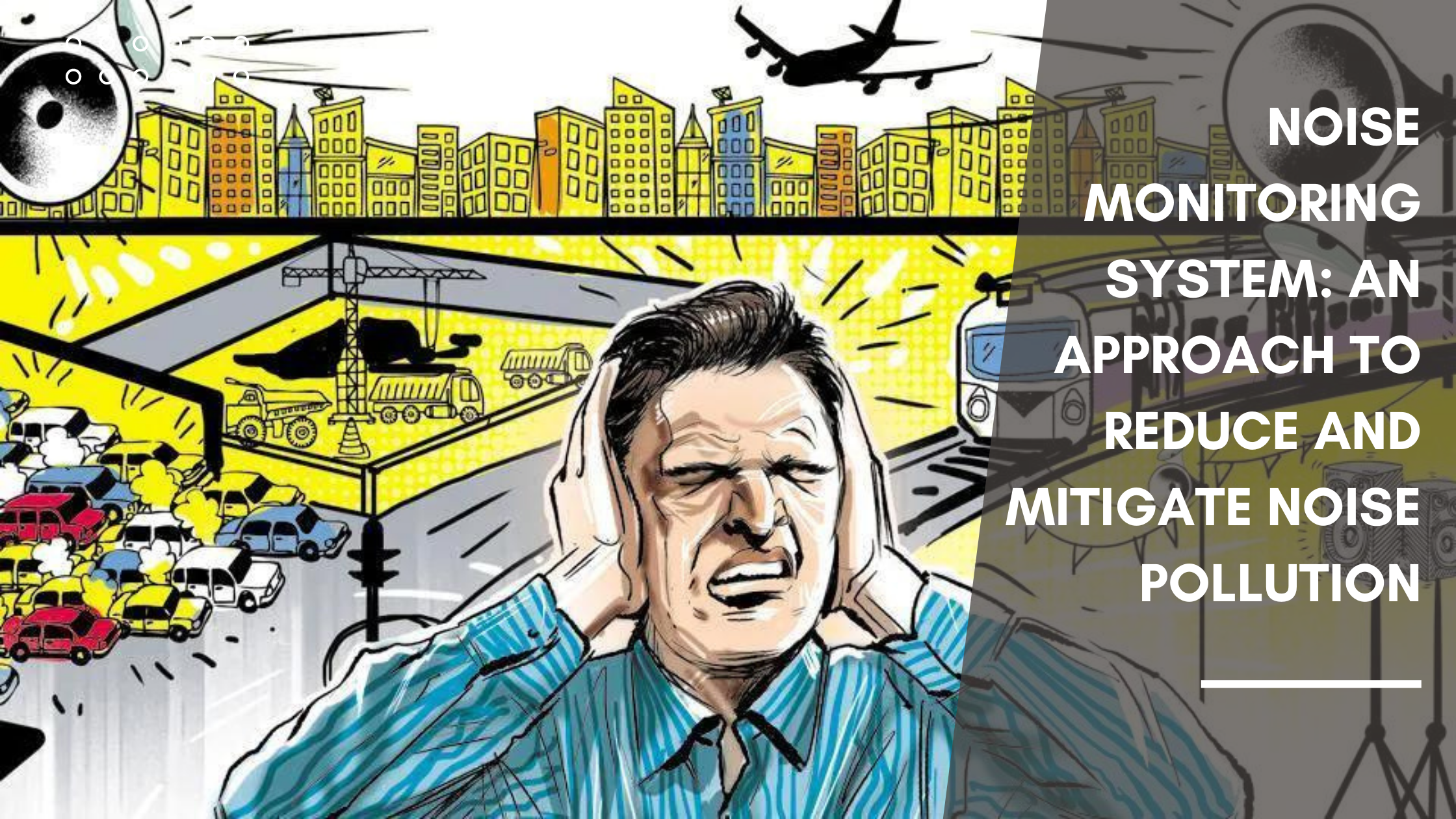



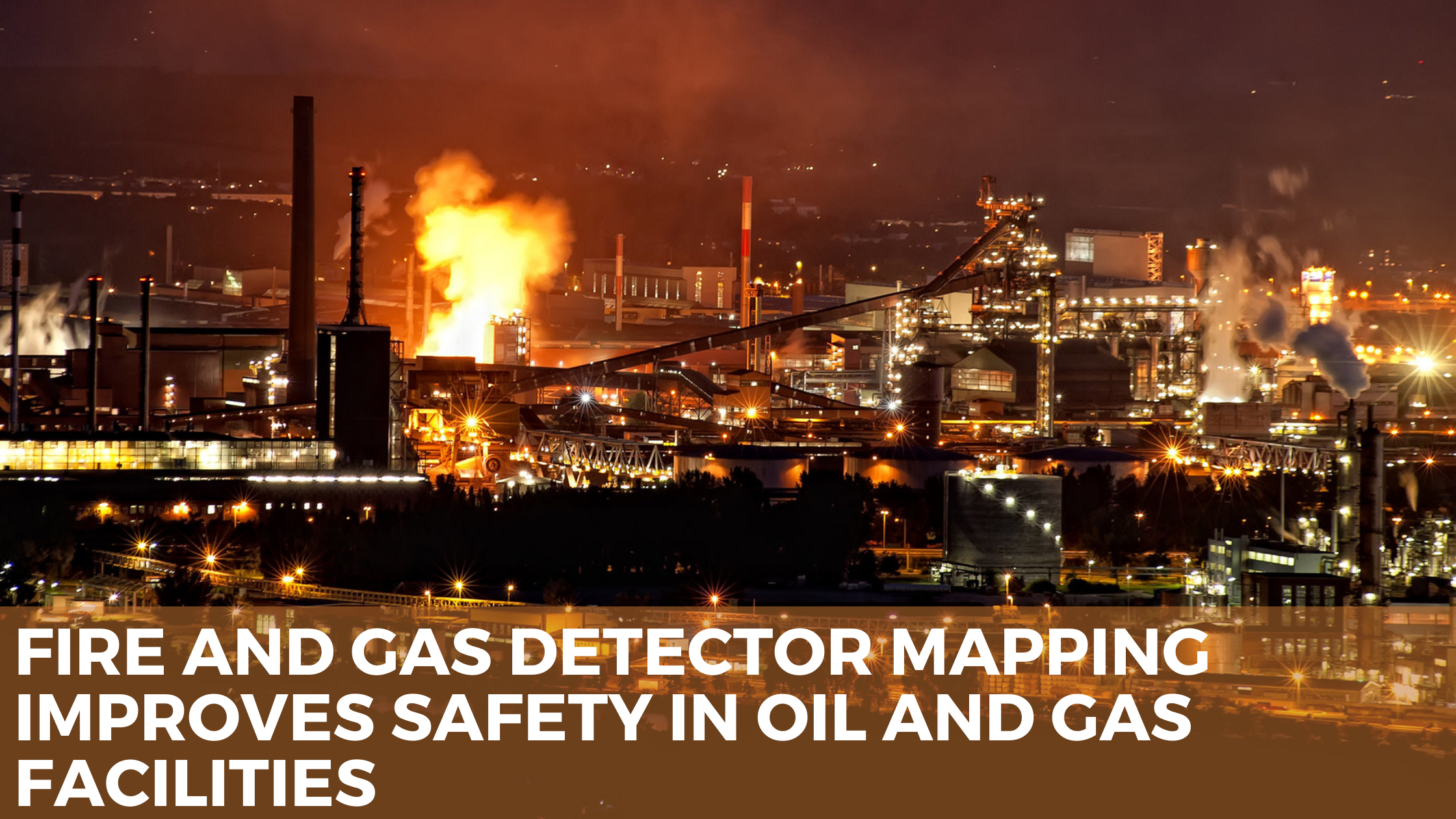

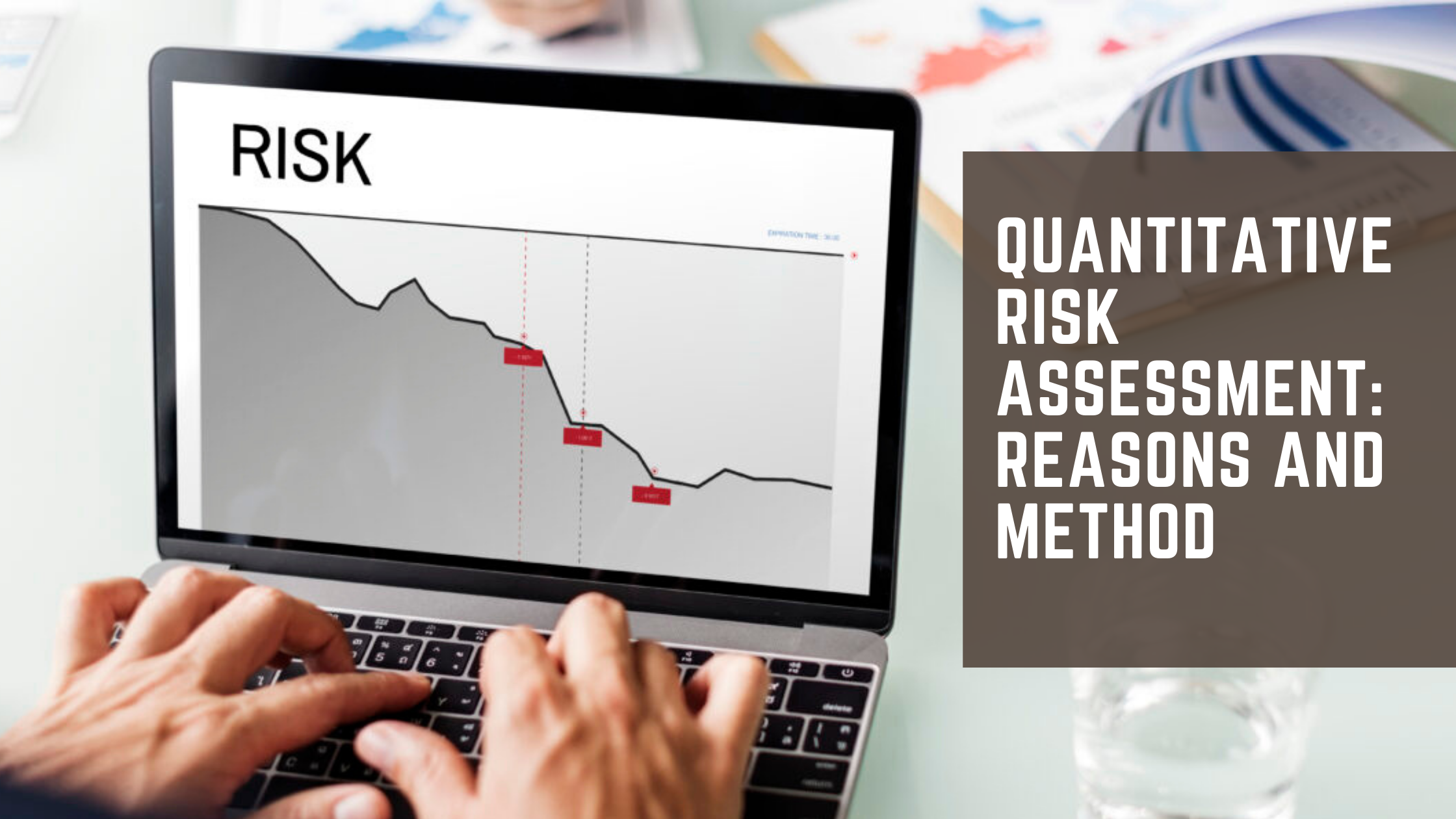
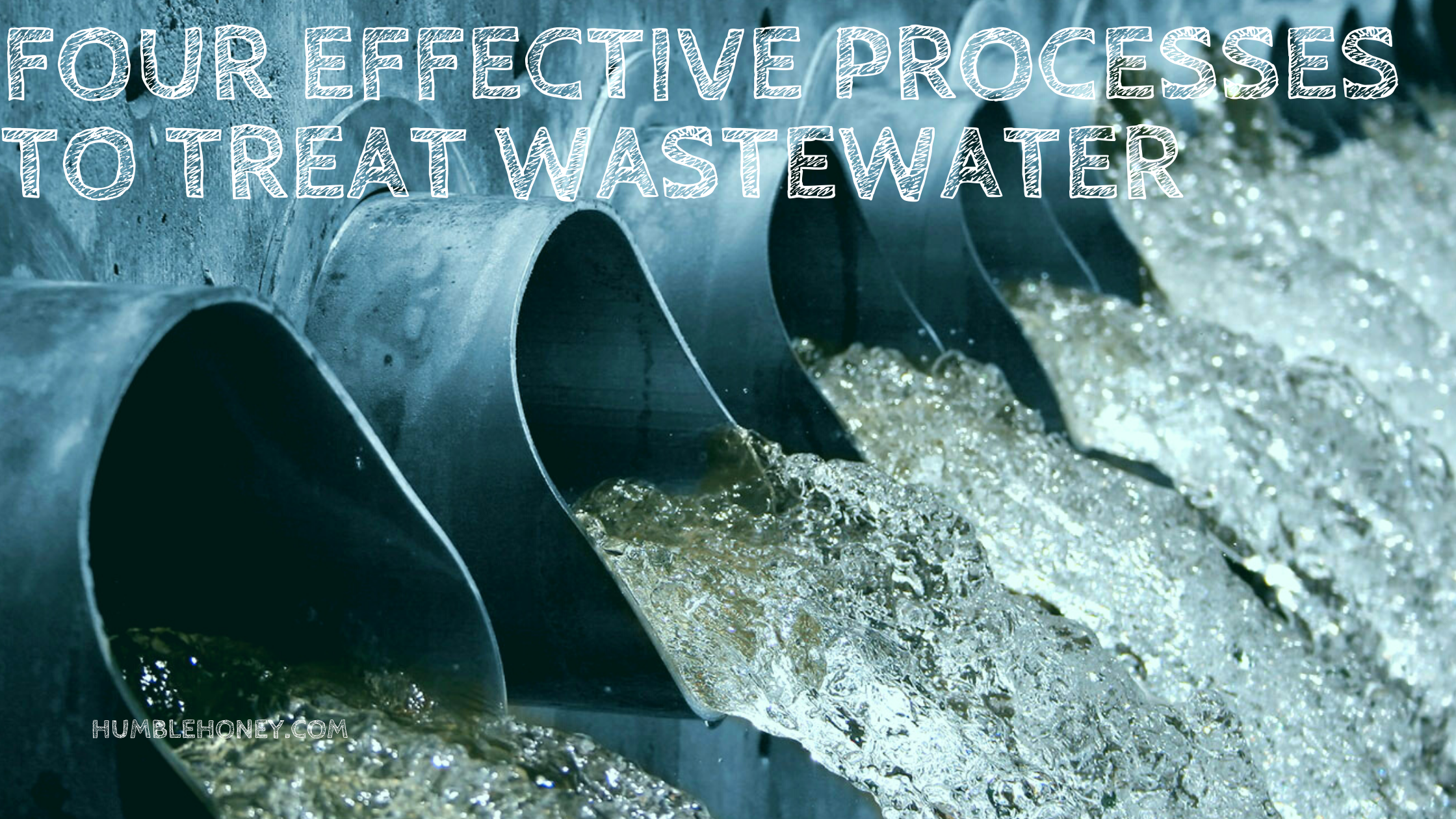
.png)
